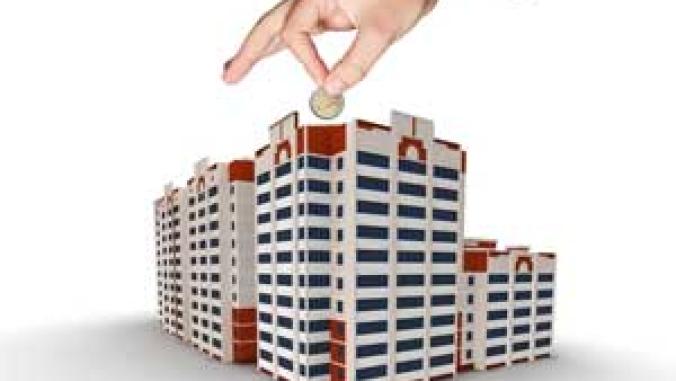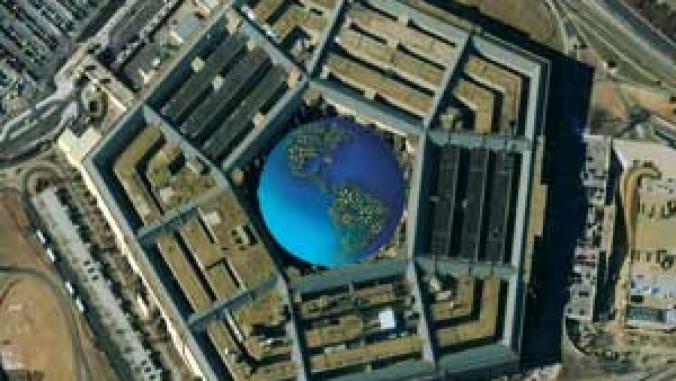Turning Green Building Knowledge into Wisdom
<p>In the green building arena, we are seeing a migration from information to knowledge to wisdom as we study how buildings work and have more and more practical experience. Knowledge doesn't always lead to changes in behavior, but wisdom inevitably does.</p>

This week I joined over 100 of the best and brightest green teenagers from more than 30 states at the National Conservation Training Center (NCTC) of the Fish & Wildlife Service outside Shepherdstown, W. Va., for the second Student Climate & Conservation Congress (Sc3) co-sponsored with the Green Schools Alliance (the other GSA -- disclosure, my wife founded the organization).
During closing remarks on Thursday, I talked about the distinction between wisdom, knowledge and information, which generally are separated by degree of experience and the attention paid to what's in front of you. By happenstance, or by sheer will of forcing a square peg into a round hole, this week's lineup of news also seems to touch on these themes.
In the green building arena, we are seeing a migration from information to knowledge to wisdom as we study how buildings work and have more and more practical experience. Building information is more available than ever, even in residential buildings, in part thanks to systems like Cisco's new Home Energy Controller and enhanced Building Mediator platform.
But as a new study by the American Council for an Energy-Efficient Economy (ACEEE) notes, information alone will not help save energy, it requires enhanced feedback and well-designed programs that successfully inform, engage, empower, and motivate people to acquire the knowledge necessary to apply that information in an effective way.
Knowledge doesn't always lead to changes in behavior, but wisdom inevitably does, since wisdom is built on experience, while knowledge is merely based on study. Fireman's Fund, with wisdom built on its experience with increasing liability from environmental events, released the first suite of green commercial building insurance products in 2006, which were expanded to homeowners in 2008 and featured the debut of the Green RiskAdvisor program. In the past week, Fireman's further expanded its offerings to include Energy Star buildings and those that have made efficiency and other green upgrades to their properties. Experience, again, is behind these expanded offerings.
Wisdom can also result in effective leadership, which we are increasingly seeing in the green buildings arena from -- gasp! -- the federal government's own General Services Administration, as reported by Chris Cheatham. GSA (not to be confused with the Green Schools Alliance) was one of the first institutions, along with the Department of Defense, to embrace LEED green buildings when they first hit the market. Responding to Executive Order 13514, the latest in a series of EOs directed at reducing energy and resource use in federal buildings, Administrator Martha Johnson is toying with moving toward a zero environmental footprint for the agency and a number of innovative options for realizing that goal. As Cheatham notes, the long-term impact of this evolution could well exceed even the $25 billion investment in green building projects.
By contrast, there seems to be relative cluelessness in the private sector. As noted by Climate Corps fellow Emily Martin less than 10 percent of the companies reporting to the Carbon Disclosure Project (CDP) having made aggressive sustainability commitments. On a brighter note, between the 2,500 companies in the CDP over 10,000 corporate facilities are in the LEED pipeline. For this relatively poor showing I blame the Information Age, which allows ignorance on key topics such as global warming and the cost of going green to masquerade as credible information side by side with legitimate scientific research. Unfortunately, most CEOs have neither the knowledge nor the wisdom to evaluate the available information. While the gist of Martin's piece is to highlight SAP's CEO as one of the exceptions to this dismal record, I think part of the blame lies with the 90/10 syndrome where the information people talk about 90 percent of time is the energy and resource cost savings, which represent maybe 10 percent of the value and true economic justification for going green.
Interface Inc. is adding to the knowledge base by releasing Environmental Product Declarations (EPDs) on three of its products in Europe. I categorize EPDs as knowledge rather than information, simply because they must be studied to be understood and acted on by consumers. While this may limit uptake in the short run, more knowledge is more likely to lead to wisdom than is more information. Eventually, EPDs will evolve into labels, which will give consumers needed information to make quick decisions; a necessary evil for our information saturated brains.
Off topic, but really important is the new report released by Architecture 2030 detailing its CRE (commercial real estate) Solution that recommends amending the Energy Efficient Commercial Building Tax Deduction (26 U.S.C. 179(d)) from $1.80 per sq.ft. to a range of $3.00 to $9.00 per sq.ft. for meeting the energy reduction targets of the 2030 Challenge. Spurred by worries about what the next tranche of bad commercial paper is going to do to the market, the CRE solution proposes to use comprehensive greening as a way of increasing value in the CRE portfolio, while creating jobs and dramatically reducing buildings' energy and environmental footprint.
This week's Look-Grandpa-I-picked-up-the-$20-bill-you-said-was-fake-but-it's-real! award goes to IBM for its 2009 environmental efforts which, even after 20 years of sustainability programs, were able to generate $27 million in energy savings. Its overall environmental investments in plants and labs produced a 160 percent ROI, reducing water use at an average annual rate of over 3 percent, reducing perfluorocompound emissions by almost 50 percent, nearly doubling its reduction goal of 25 percent compared with 1995. IBM also improved the efficiency of its server products, in some cases almost doubling it.
Rob Watson is the executive editor of GreenerBuildings.com. You can reach him at [email protected] and folllow him on Twitter @Kilrwat.
Top image -- Artist's rending of the Dr. A.H. McCoy Federal Building in Jackson, Miss. Inset image -- Artist's rendering of the U.S. courthouse in Austin, Texas. Both courtesy of the General Services Administration.





